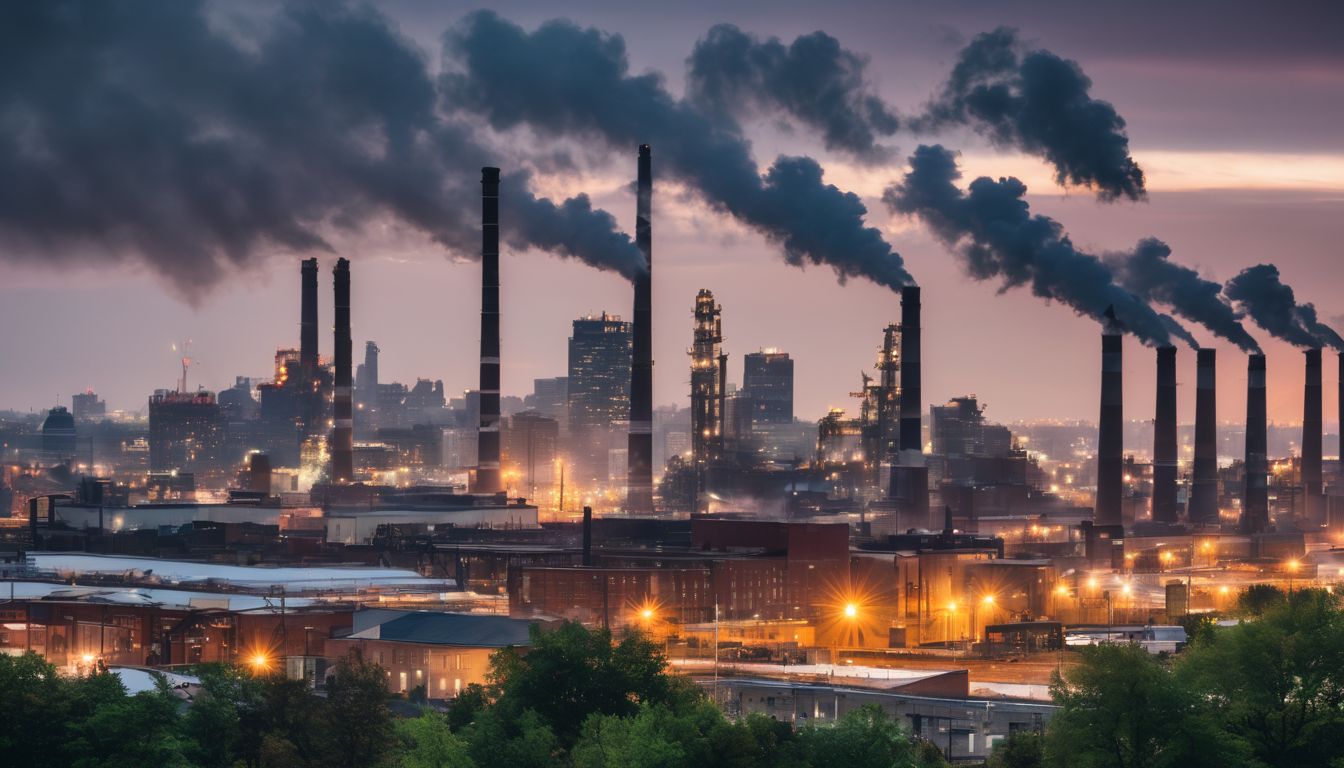Within the next 100 years, the greenhouse gases in the atmosphere are predicted to double and global air temperatures are expected to increase by as much as 5°C as a result.1 This warming will have impacts on the natural environment, communities, and lifestyles in the Yukon and Northwest territories of Canada. This article highlights the causes of climate change and many potential impacts on the natural environment and economic and social activities in the western Arctic.
Modeling Future Mean Temperature increases in the Western Arctic, Mid-21st Century, as compared to 1970-2000.2
This article is one of a multipart series about climate change throughout the Canadian provinces and territory— climate change throughout regions of the United States.
Yukon and Northwestern Territories of Canada Climate Overview
The Northwest and Yukon Territories reach almost 700,000 square miles combined, so there is a large variation in climate south to north. The southern portion of the territories has subarctic climates, while the islands and northern portion of the territories has polar climates. In the north, summers are short and cool, with highs in the mid-teens and lows down to the single degrees Fahrenheit. Winters are long and harsh with lows in the negative single degrees and highs around negative 40 degrees Fahrenheit. In the south the highs can reach up to the mid nineties, but the winters are similar to what is seen in the north—reaching down to around negative 40 degrees Fahrenheit.3 Overall, temperatures during all four seasons have been rising, with more significant increases in the winter and spring.4
As temperatures rise, the overall environment will likely transform in the Yukon and Northwestern territories. There is the notion that this area will transform to include more vegetation. Most significantly, as thaw at a faster rate .7
Permafrost, named as such because it is permanently frozen ground, can be found throughout the western Arctic. In the southern part of the Northwest Territories and the Yukon, permafrost may only be present beneath 10% of the land area. Farther north, permafrost is continuous—it occurs everywhere except beneath deep lakes. If the climate warms by up to 5°C in the next 50 to 100 years, seasonal thaw will increase, and permafrost will become thinner, resulting in unstable ground and settlement of the ground surface. These changes can led to mercury releases8 and can cause the foundations of buildings and other infrastructure like roads, sewers, and water pipes to become unstable.9 For example, Dawson City in Yukon Territory has already spent more than $600,000 repairing infrastructure damage from melting permafrost. Buildings must now be built on piles anchored in permafrost or bedrock. In some cases, cities are experimenting with artificial refrigeration such as that provided by thermosyphons to maintain stable permafrost foundations beneath structures.10
Beaufort Sea Region
The Beaufort Sea region has seen several changes over the last few decades and is a good representative for understanding how climate and water variations are affecting wildlife populations throughout northern Canada. The Beaufort Sea has traditionally been characterized by its frozen ice shelves and severe climate. However, over the last several years, the ice-free areas that appear in late summer have greatly enlarged.12 In fact, more than 10 meters per year of the Beaufort shoreline have been eroding in recent years, which is about 50% more than in pre-1979 year.13 As a consequence of this decrease in the extent of Arctic sea ice and increase in the length of the melt season, local mammal populations are on the decline.
When coastal sea ice breaks up more quickly than usual, this affects the lactation period of seal pups. Mothers and their pups depend on stable ice in order to build lairs to stay in for the entirety of their 6-week nursing period. Seal population declines have also been linked to decreases in the height and weight of cub and male polar bears among the southern Beaufort Sea polar bear population.14
The condition of caribou is also strongly related to climatic factors. If, for example, snow depths are greater in the future, caribou must spend more of their time and energy digging through snow for food and therefore spend less time eating. If summer temperatures increase by 2 to 4°C, the harassment of caribou by mosquitoes will also increase and caribou will spend less time eating. The body condition of animals decreases when less food is consumed. Without adequate food, it is difficult for mothers to acquire enough energy to give birth and raise their young.15
Future Planning
With melting permafrost and disappearing polar bears it’s no surprise that Canadians living in northern Canada overwhelmingly believe climate change is real and is occurring, at least in part, due to human activity. In a recent opinion poll only two per cent of Canadians believe climate change is not occurring.16 Unfortunately, believing that climate change is occurring, and doing something about it are two different matters. The governments of the Northwestern and Yukon territories do seem to be taking climate change seriously.17 Moreover, northern Canadians are starting a new climate change framing campaign that they hope will really get people engaged. They are talking about climate change in terms of how it affects hockey! If Canadians realize that climate change is slowly corroding not only the quality of hockey and the amount of hockey they can play in their backyard, they might force the government to act. David Phillips, a senior climatologist at Environment Canada, recently told reporters that “Canadians are not worried about skinny polar bears…it’s about, ‘Gee — will we have a white Christmas and will we be hockey players?’ When it comes right down to it, it would probably drive us to action if people understood it in that way.’”18




